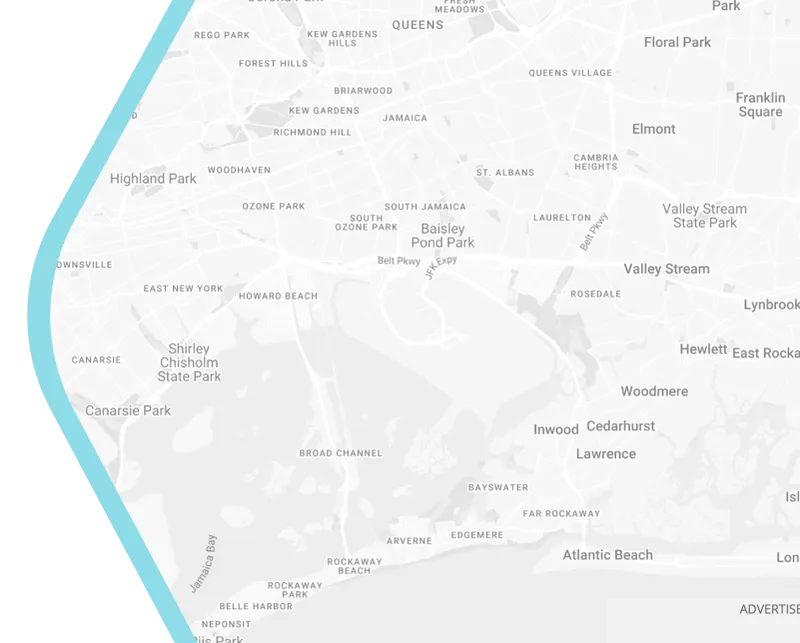
Smart City Strategies in Australia: Technology, Sustainability, and Urban Growth
Introduction
Smart city strategies in Australia are rapidly evolving to meet the challenges of urban growth, sustainability, and digital transformation. By integrating technology, smart governance, and innovative planning, Australian cities are shaping a more efficient and sustainable future. This blog explores key strategies, governance frameworks, and smart solutions driving Australia’s urban transformation.
The Role of Smart City Governance in Urban Development
What is Smart City Governance?
Smart city governance involves policies, regulations, and strategic planning that facilitate the development of intelligent, sustainable cities. Effective governance ensures collaboration between governments, private sectors, and communities to create resilient urban spaces.
How Governance Shapes Sustainable Smart Cities
Strong governance plays a critical role in enabling sustainable development. From integrating renewable energy solutions to implementing data-driven decision-making, city administrations must establish frameworks that support long-term urban growth.
Case Studies: Successful Smart City Governance in Australia
One example is Technology Precinct WA Master Plan, which demonstrates how governance and planning can drive technological innovation and community development. This initiative focuses on integrating digital infrastructure, smart energy solutions, and sustainable urban planning.
Smart Planning and Design for Sustainable Cities
Key Elements of Smart Planning and Design
Smart planning involves designing urban spaces that maximize efficiency, sustainability, and livability. This includes:
- Integrated public transport systems
- Smart energy grids
- Sustainable building practices
- AI-driven city management
The Role of Community Engagement in Smart Planning
A successful smart city is one that engages its residents. Digital platforms and participatory governance models allow communities to have a voice in urban development projects, fostering greater social cohesion and trust in government initiatives.
Examples of Smart Planning in Australian Cities
Cities like Sydney and Melbourne have implemented smart infrastructure projects, including AI-powered traffic management systems and IoT-based waste management solutions, to optimize urban efficiency.
Smart Solutions for Smart Cities: The Role of Technology
Digital Transformation in Cities: Key Technologies
Several technologies drive smart city transformation in Australia:
- IoT (Internet of Things): Enables real-time data collection for traffic, energy, and public services.
- AI and Machine Learning: Enhances decision-making for urban management.
- Big Data Analytics: Provides insights to improve sustainability and governance.
- 5G Networks: Enhances connectivity and supports smart infrastructure.
How Technology Enhances Urban Growth in Australia
From autonomous public transport to blockchain-enabled smart contracts in governance, technology is accelerating urban growth by improving efficiency and reducing environmental impact.
The Future of Technology for Smart Cities
Future trends include the integration of digital twins—virtual city models that simulate urban planning scenarios—and the development of net-zero cities using AI-driven energy efficiency strategies.
The Path Forward: Strategies for a Smarter, More Sustainable Australia
Key Takeaways for Government and Executives
- Collaboration: Public-private partnerships are essential for funding and implementing smart city solutions.
- Innovation: Investment in R&D will drive technological advancements in urban management.
- Sustainability: Policies must align with Australia’s climate goals, ensuring long-term environmental and economic benefits.
Policy Recommendations for Smart City Success
Governments should focus on:
- Expanding 5G and IoT infrastructure.
- Promoting open data policies to enhance transparency.
- Encouraging sustainable construction and transportation initiatives.
Final Thoughts on the Future of Smart Cities in Australia
As Australia moves towards a smarter, more connected future, integrating technology, governance, and community participation will be key to achieving sustainable urban growth. With well-executed strategies, Australian cities can serve as global models for smart and sustainable development.
Conclusion
Smart city strategies in Australia are transforming urban landscapes through technology-driven solutions and governance innovation. By prioritizing sustainability, digital transformation, and public engagement, Australian cities can create efficient, livable, and future-ready urban environments. Now is the time for policymakers, executives, and stakeholders to collaborate and drive forward-thinking smart city initiatives.
